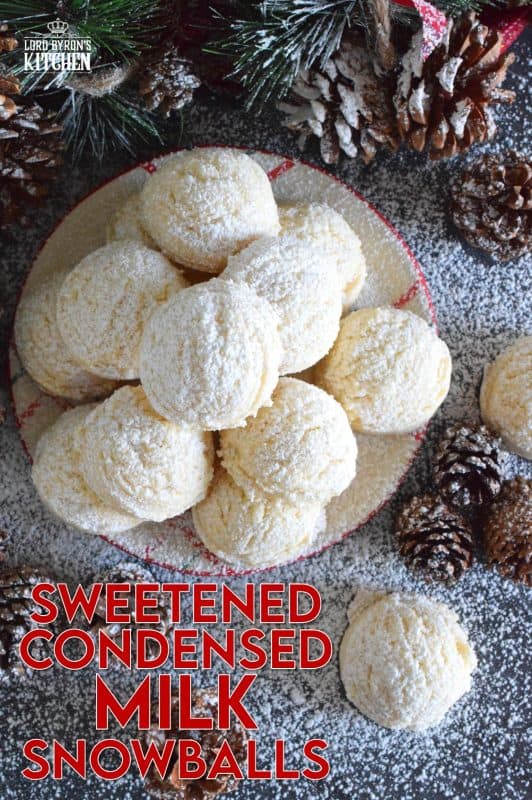Honey Glazed Ham: History, Recipes, Cooking Tips, and Health Insights
Honey glazed ham has deep roots in culinary history. Ancient cultures, such as the Chinese and Egyptians, preserved pork with honey and spices. In medieval Europe, glazing hams with honey symbolized prosperity. This luxurious preparation was often reserved for special occasions and important feasts, emphasizing its cultural significance. In the United States, honey glazed ham has become a staple for holiday celebrations like Christmas and Easter, reinforcing its standing as a dish that holds both historical and cultural importance.
Evolution of Recipes Over Time
Early recipes for honey glazed ham employed simple techniques like boiling or roasting. Over time, these recipes have evolved significantly. By the 19th century, sugar became more accessible, leading to the incorporation of brown sugar and molasses in the glaze. Modern recipes often feature diverse ingredients, such as cloves, mustard, and fruit juices, to enhance the flavor profile. Different cooking methods, from baking to slow-cooking, have also emerged, catering to varied tastes and preferences. Today, honey glazed ham recipes continue to adapt, blending tradition with innovation to create an enduring culinary masterpiece.
Key Ingredients for the Perfect Honey Glazed Ham
Choosing the Right Type of Ham
Selecting the right ham ensures the best flavor and texture. Opt for a fully-cooked, bone-in ham for deeper flavor and better moisture retention. Half hams, typically between 7-10 pounds, are ideal for most recipes. Spiral-cut hams are convenient because the slices absorb more glaze, resulting in a more flavorful dish. If you prefer less processing, choose an uncut ham and slice it yourself.
Selection of Honey and Spices
Honey is essential for the glaze, providing sweetness and a caramelized finish. Clover honey is a popular choice due to its mild taste, but wildflower honey or orange blossom honey can add unique flavors.
Spices enhance the honey glaze, giving it complexity and warmth. Ground cloves, cinnamon, and nutmeg are common choices. Including mustard or Dijon mustard adds a tangy contrast to the sweetness. Brown sugar or molasses intensifies the caramelization, while fruit juices like pineapple or orange juice contribute acidity and additional layers of flavor.
Cooking Techniques
Preparing and Scoring the Ham
Start by rinsing the ham under cold water to remove any excess salt. Pat it dry with a paper towel. Place the ham on a cutting board. Use a sharp knife to score the surface in a diamond pattern, making light cuts about 1/4 inch deep. This scoring method allows the glaze to penetrate the meat, enhancing the flavor. Make sure the cuts don’t go too deep to avoid drying out the ham.
Glazing and Basting Methods
Prepare the glaze by mixing honey with other ingredients like brown sugar, mustard, and spices according to your recipe. Brush the glaze generously over the scored ham. Place the ham in a preheated oven at 325°F. Baste the ham every 20 minutes to keep it moist and ensure an even coating of the glaze. Tent the ham with aluminum foil while baking to prevent it from drying out but remove the foil during the last 30 minutes to let the glaze caramelize.
Serving and Presentation Ideas
Accompaniments and Side Dishes
Enhance your honey glazed ham with complementary side dishes. Choose classic options like scalloped potatoes, green bean casserole, and dinner rolls to create a balanced meal. For a fresher touch, include roasted vegetables such as carrots and Brussels sprouts. Fruit-based salads (e.g., apple-walnut salad) offer contrasting flavors, while cranberry sauce adds a sweet-tart note. These sides not only enhance the ham’s richness but also provide variety in textures and tastes.
Decorative Tips for Holiday Meals
Elevate your honey glazed ham with thoughtful presentation. Garnish the platter with fresh herbs like parsley or rosemary for a pop of color. Arrange citrus slices (e.g., oranges or lemons) around the ham to add visual appeal and a hint of fragrance. Use whole cloves or candied cherries to create decorative patterns on the ham’s surface. For an extra festive touch, consider adding seasonal decorations, like holly leaves or pinecones, around the serving area. These elements create an inviting and aesthetically pleasing presentation, perfect for holiday gatherings.
Health Considerations
Nutritional Benefits and Concerns
Honey glazed ham provides both nutritional benefits and concerns. It’s a good source of protein, delivering approximately 18 grams per 3-ounce serving, essential for muscle growth and repair. The iron, zinc, and B vitamins found in ham support energy production and immune function.
However, honey glazed ham is high in sodium and saturated fats. A typical serving contains around 1,200 mg of sodium, contributing to 50% of the recommended daily intake, increasing the risk of hypertension and heart disease. Saturated fat content stands at about 5 grams per serving, associated with elevated cholesterol levels. The sugar in the glaze (from honey and brown sugar) can add extra calories, affecting those managing blood sugar levels.
Dietary Adjustments and Substitutions
Consider making dietary adjustments and substitutions to enjoy honey glazed ham more healthily. Choose a reduced-sodium ham option to lower sodium intake. Create a glaze using natural sweeteners like maple syrup or agave nectar as alternatives to honey and brown sugar.
Opt for herbs and spices instead of sugary ingredients to enhance the flavor without increasing sugar content. Substituting a portion of ham with leaner meats like turkey or chicken may help reduce fat intake. Use smaller ham servings and balance your meal with vegetable-heavy side dishes to lessen the impact of high sodium and calorie intake.
Conclusion
Honey glazed ham remains a cherished centerpiece for holiday feasts, blending rich history with modern culinary twists. Mastering the preparation and presentation of this dish ensures you’ll impress your guests while enjoying its nutritional benefits. By making mindful adjustments, you can savor this festive favorite more healthily. Whether you stick to tradition or experiment with new ingredients, honey glazed ham promises to elevate your holiday dining experience.






